 Is there a difference between vanity publishing and self-publishing? Yes and no. Sometimes vanity publishing and self-publishing are interchangeable – especially when self-publishing is discussed with derision. The concept of vanity publishing – that an author is so vain that he or she must release a book despite it not finding a publisher – should be discarded. Because the publishing industry is so competitive and so driven by the market, there are plenty of books that don’t get bought by publishing houses but have every right to find readers. At the same time, the basic definition of the vanity press is pay-for-publishing, which is the model for all self-publishing.
Is there a difference between vanity publishing and self-publishing? Yes and no. Sometimes vanity publishing and self-publishing are interchangeable – especially when self-publishing is discussed with derision. The concept of vanity publishing – that an author is so vain that he or she must release a book despite it not finding a publisher – should be discarded. Because the publishing industry is so competitive and so driven by the market, there are plenty of books that don’t get bought by publishing houses but have every right to find readers. At the same time, the basic definition of the vanity press is pay-for-publishing, which is the model for all self-publishing.
That said, there is a distinct difference between the traditional, old-fashioned vanity press and today’s concept of self-publishing. What it boils down to most of all is who gets to retain the rights.
In vanity publishing, also referred to as subsidy publishing, you get a kind of worst of both worlds. In a commercial publishing arrangement, the publisher pays for the printing, design, marketing, et al. of the book and retains the rights for future editions of the book. In the old vanity press model, the author had to foot the bill for the printing and publication of the book, while not retaining any of the rights for the book.
What this means is that if you ever get a better offer for the book, you will not own the rights for the book – even if you paid for publication! Obviously, this is not ideal, so before you ever sign on the dotted line you should check to see if you retain the rights to your book. Most major self-publishers, such as Lulu or Author House, allow writers to keep the rights to the book, as it should be.
Other differences with a subsidy house:
Royalties: Just like with traditional publishing, you stand to make less money for each book, as the subsidy house will keep part of the proceeds. With the current brand of self-publishing, you retain all profits above the cost of printing.
Storing the Books: Subsidy houses normally store copies of the book. However, this is the same as print-run self-publishing houses (as opposed to print on demand books, which are printed as they’re bought). The royalty fee for subsidy houses covers the cost of storage. In print-run self-publishing, the self-publisher will store and ship the books, but you will still make the royalty you set for each book. So if printing costs $7.00 and you set the price at $10.00, you’ll make $3.00 a book.
Creative Control: In vanity publishing, the publisher controls the cover and interior of the book, with limited creative input from the writer.
In short, anyone who puts emphasis on the word “vanity” in vanity publishing isn’t taking into account the advances in self-publishing and how today’s self-publishers offer complete creative input and higher profits. When you boil it down, it really makes sound business sense.
Get an Editorial Review | Get Amazon Sales & Reviews | Get Edited | Publish Your Book | Enter the SPR Book Awards | Other Marketing Services





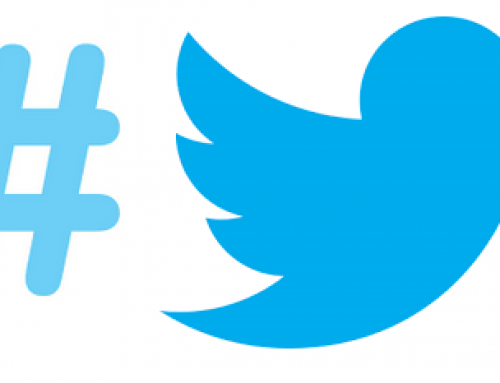

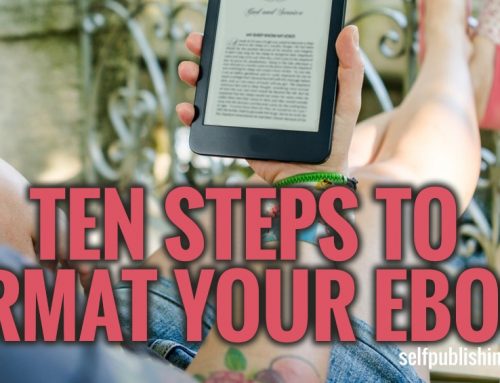

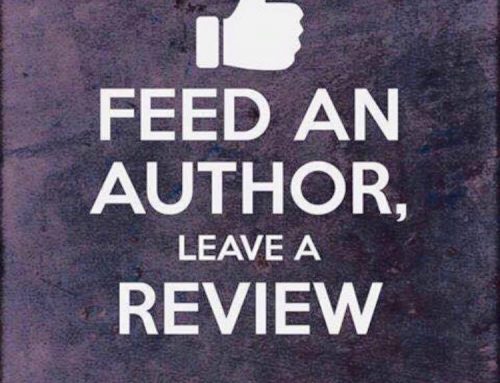


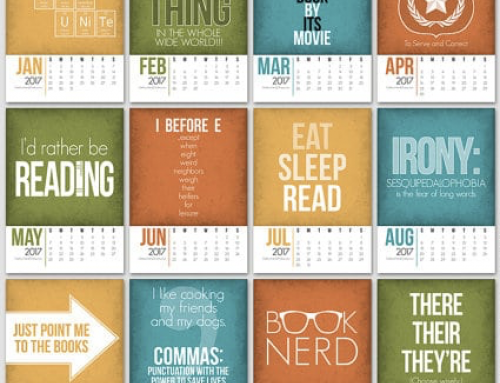

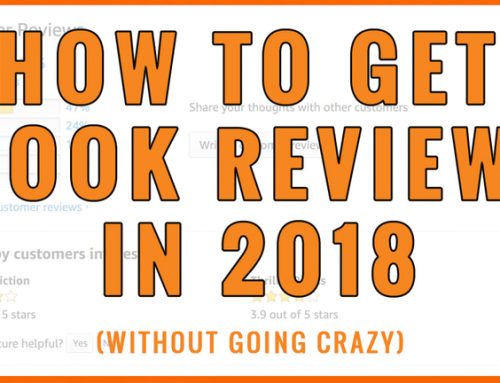
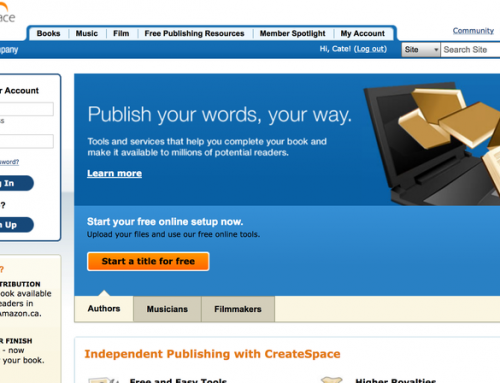

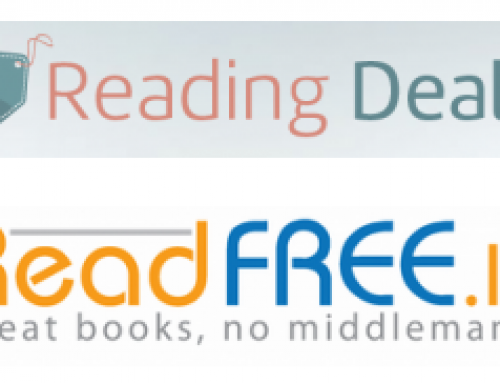

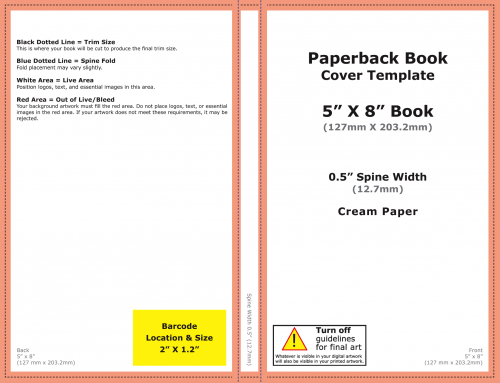
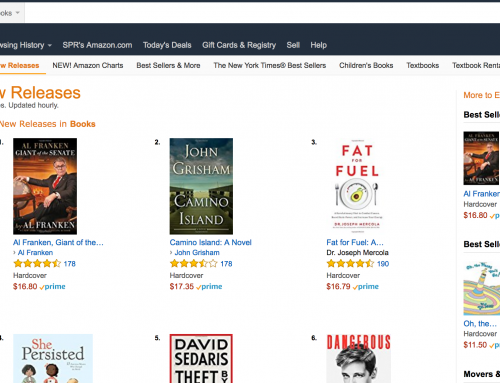
Leave A Comment